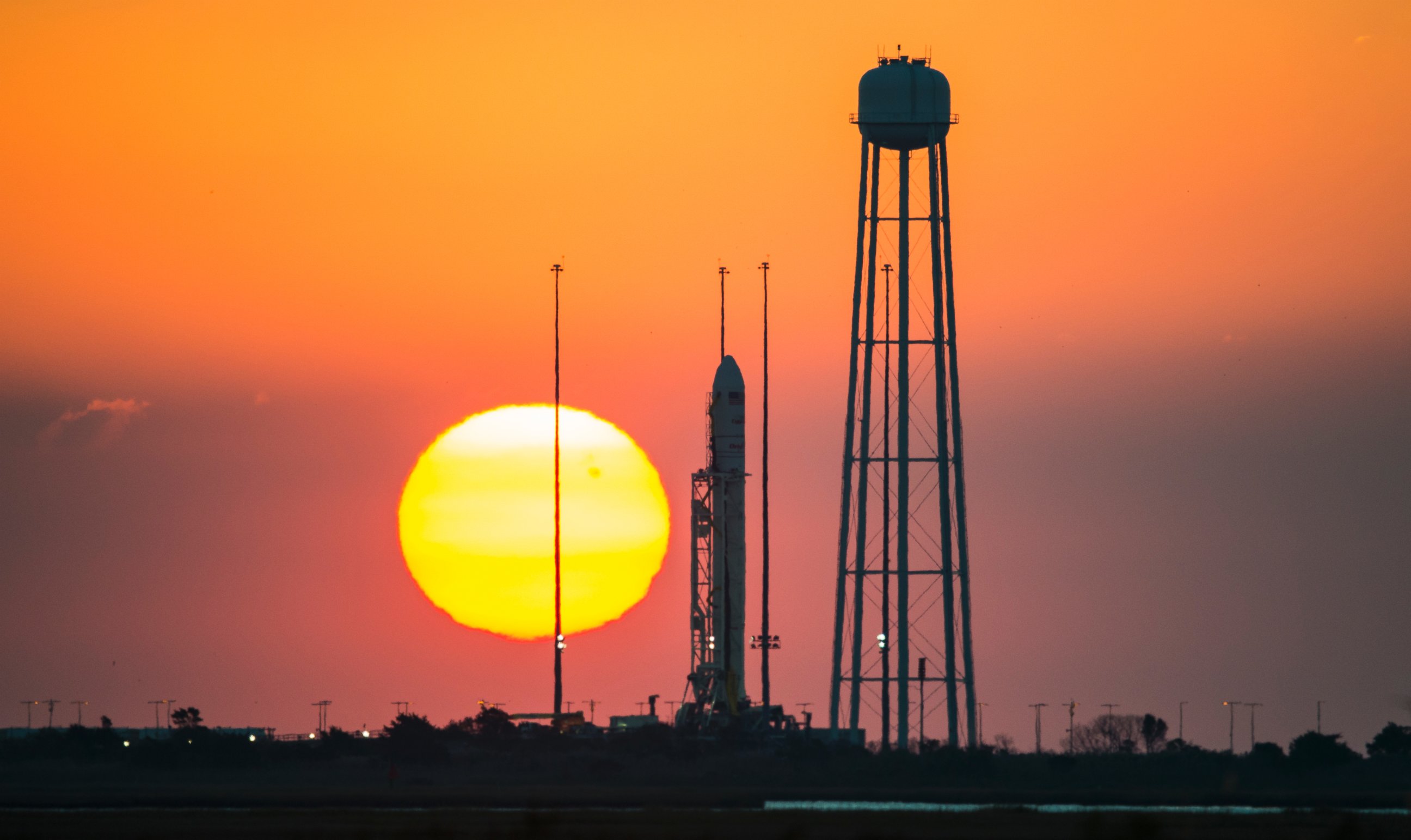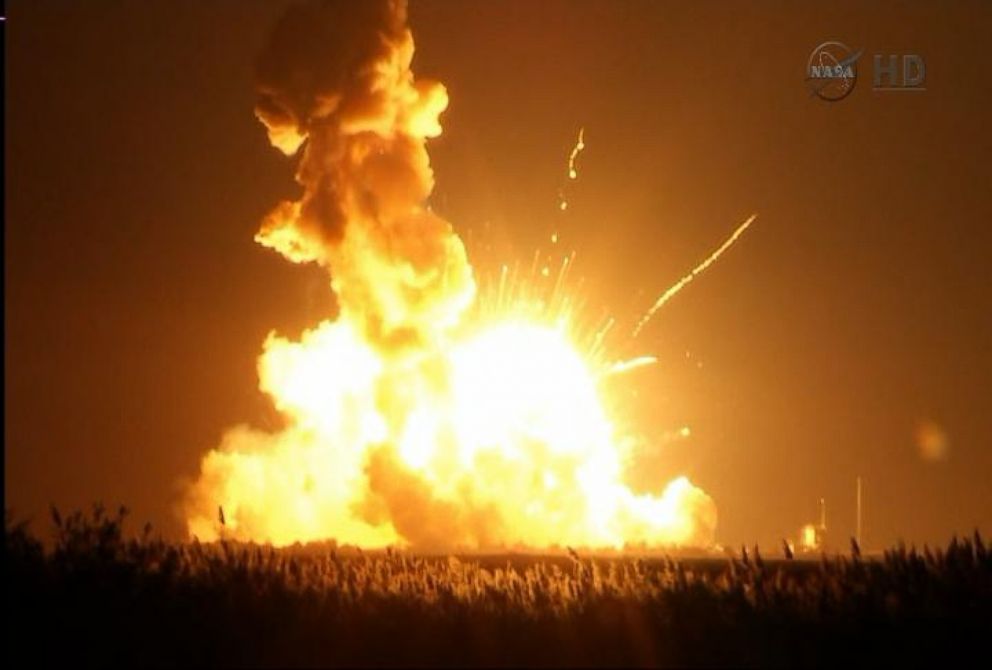Rocket Explosion Probers to Begin Sifting Through Debris
Destroyed cargo included experiments by high school students.
— -- Officials will begin investigating today, trying to figure out what went wrong with a failed rocket launch that resulted in a fireball over Wallops Island, Virginia.
The rocket started going awry six seconds into the flight when “a vehicle anomaly” was detected, Orbital Sciences Corp said. The range safety officer sent a self-destruct command 14 seconds later.
"This shows how difficult and maddening this business really is," Bill Gerstenmaier, associate administrator of NASA’s Human Exploration and Operations Mission Directorate, said in a news conference.
This launch was the third of eight International Space Station cargo resupply missions under NASA's $1.9 billion contract with Orbital Sciences Corp. of Dulles, Virginia. Orbital provides the launch vehicle and cargo spacecraft and NASA runs the range operations.

The rocket and payload were worth $200 million and it's not known how much damage was done to the launch facility, officials said.
The Antares rocket was carrying 4,483 pounds of equipment to the station including 1,360 pounds of food. The rocket held a Cyngus cargo logistics spacecraft that was to have orbited above the Earth and was set to dock with the ISS on Nov. 2. Orbital Sciences had said this was the first use of its upgraded Castor 30XL second stage motor, which enables greater lift capacity.
Officials asked residents of the area to call in any launch debris they find and not to touch any of it.
“It is far too early to know the details of what happened,” Frank Culbertson, Orbital’s general manager of its Advanced Programs Group, said in a statement. “We will conduct a thorough investigation immediately to determine the cause of this failure and what steps can be taken to avoid a repeat of this incident. As soon as we understand the cause we will begin the necessary work to return to flight to support our customers and the nation’s space program.”

Also destroyed in the explosion were experiments being sent to the space station by high school students from schools in Houston, Texas, and Ocean City, New Jersey.
NASA said the space station crew has sufficient supplies, and a Russian cargo ship blasted off successfully this morning from Kazakhstan and is headed toward the space station.
The launch was initially supposed to happen Monday, but was delayed after a sailboat entered the hazard zone early in the launch count, NASA reported. The "hazard area" for the launch of the Antares is about 1,400 square miles off the coast of Wallops Island along the Eastern Shore of Virginia.




